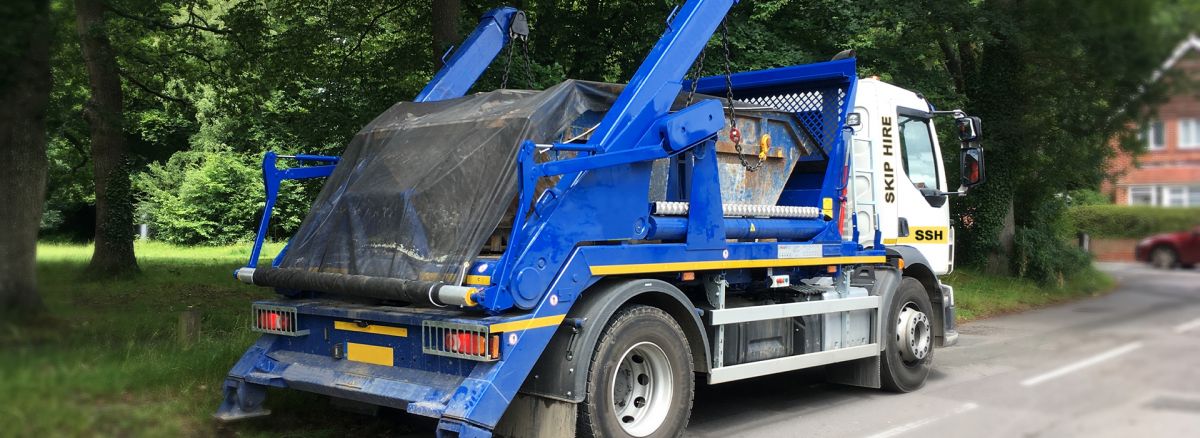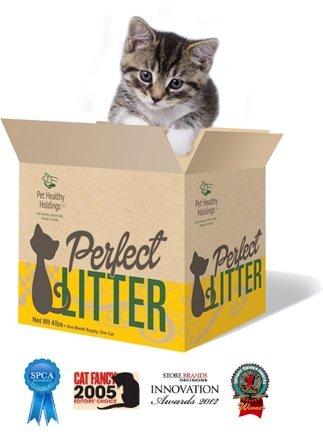Housing associations looking to meet the challenges of the Code for Sustainable Homes and to apply these tough environmental standards to their existing homes face a tough challenge. Although there is a multitude of options on offer to improve a home's green credentials, the use of rainwater instead of mains water whenever possible is one option that housing associations should consider more readily.
Half of the 160 litres that we use daily does not have to be quality drinking water. Use rainwater from the roof to supply outdoors, WCs and washing machines. A decreased usage of mains water is, after all, one of the required elements of the Code for new housing and cannot be side-stepped: 105 litres daily per person for level 3 and 4, & for level 5 and 6, 80 litres. So far the tendency has been to use water efficient appliances alone to meet the lower code levels and not consider rainwater harvesting until meeting levels 5 and 6.
However, now it is being realised that it makes sense to use rainwater harvesting from the start, in conjunction with water-efficient appliances. Waterwise, the official NGO, recommends altering behaviour as the best way to reduce mains consumption, but experience has shown that some consumers quickly feel out of their comfort zone with, for example, low pressure tap flow and small-size baths. It is important not to put people off saving on mains water. Using rainwater is the way to do this.
=> The Code for Sustainable Homes Requirements.
The Code's water calculator formula for working out how to reach the daily litre consumption has been amended to mirror the new requirements of Part G of the Building Regulations, due next year.
An experienced builder and plumber can easily install a rainwater harvesting system without any specialist knowledge. The main components are the tank, pump, filter and mains back up. It's cheaper and easier to install a rainwater harvesting system in new-builds or major renovation projects rather than in a retrofit. In a new-build, depending upon the size of the tank and the type of mains back up accessory chosen, the cost of equipment for a 3- to 4-bedroom house typically ranges between �2,000 and �3,000. In a retrofit, however, installation costs would be another �1,000-�2,000 as it may involve additional manpower or equipment. Tank sizes for normal domestic use average between 2,700 and 6,500 litres and tanks should be put underground to keep water fresher. Tanks that are shared by multiple dwellings are possible, but ideally systems should supply each individual dwelling unit.
=> Rainwater Harvesting Systems.
Rainwater can either be pumped from the main storage tank directly to WCs, washing machine and outdoor taps, or to a small header tank in the roof space where it gravity feeds to where it is needed. When used with Rain Director, the indirect system is preferable. In a direct system the pump is activated whenever, for example, a WC is flushed or pressure drops. With a Rain Director in an indirect system, the pump only works when the rainwater header tank is completely empty, thus saving 8 times energy use and also prolonging pump life.
To comply with cross-contamination Building Regulations and avoid the possibility of a rainwater backflow into the mains network, plumbers have to make sure that there is an air break if they include a mains back-up device. Some rainwater harvesting suppliers now provide mains back-up kits where this air break is taken care of (by including a tundish, for example). Also any pipework must have clear identification as to whether it is mains or rainwater.
Half of the 160 litres that we use daily does not have to be quality drinking water. Use rainwater from the roof to supply outdoors, WCs and washing machines. A decreased usage of mains water is, after all, one of the required elements of the Code for new housing and cannot be side-stepped: 105 litres daily per person for level 3 and 4, & for level 5 and 6, 80 litres. So far the tendency has been to use water efficient appliances alone to meet the lower code levels and not consider rainwater harvesting until meeting levels 5 and 6.
However, now it is being realised that it makes sense to use rainwater harvesting from the start, in conjunction with water-efficient appliances. Waterwise, the official NGO, recommends altering behaviour as the best way to reduce mains consumption, but experience has shown that some consumers quickly feel out of their comfort zone with, for example, low pressure tap flow and small-size baths. It is important not to put people off saving on mains water. Using rainwater is the way to do this.
=> The Code for Sustainable Homes Requirements.
The Code's water calculator formula for working out how to reach the daily litre consumption has been amended to mirror the new requirements of Part G of the Building Regulations, due next year.
An experienced builder and plumber can easily install a rainwater harvesting system without any specialist knowledge. The main components are the tank, pump, filter and mains back up. It's cheaper and easier to install a rainwater harvesting system in new-builds or major renovation projects rather than in a retrofit. In a new-build, depending upon the size of the tank and the type of mains back up accessory chosen, the cost of equipment for a 3- to 4-bedroom house typically ranges between �2,000 and �3,000. In a retrofit, however, installation costs would be another �1,000-�2,000 as it may involve additional manpower or equipment. Tank sizes for normal domestic use average between 2,700 and 6,500 litres and tanks should be put underground to keep water fresher. Tanks that are shared by multiple dwellings are possible, but ideally systems should supply each individual dwelling unit.
=> Rainwater Harvesting Systems.
Rainwater can either be pumped from the main storage tank directly to WCs, washing machine and outdoor taps, or to a small header tank in the roof space where it gravity feeds to where it is needed. When used with Rain Director, the indirect system is preferable. In a direct system the pump is activated whenever, for example, a WC is flushed or pressure drops. With a Rain Director in an indirect system, the pump only works when the rainwater header tank is completely empty, thus saving 8 times energy use and also prolonging pump life.
To comply with cross-contamination Building Regulations and avoid the possibility of a rainwater backflow into the mains network, plumbers have to make sure that there is an air break if they include a mains back-up device. Some rainwater harvesting suppliers now provide mains back-up kits where this air break is taken care of (by including a tundish, for example). Also any pipework must have clear identification as to whether it is mains or rainwater.









